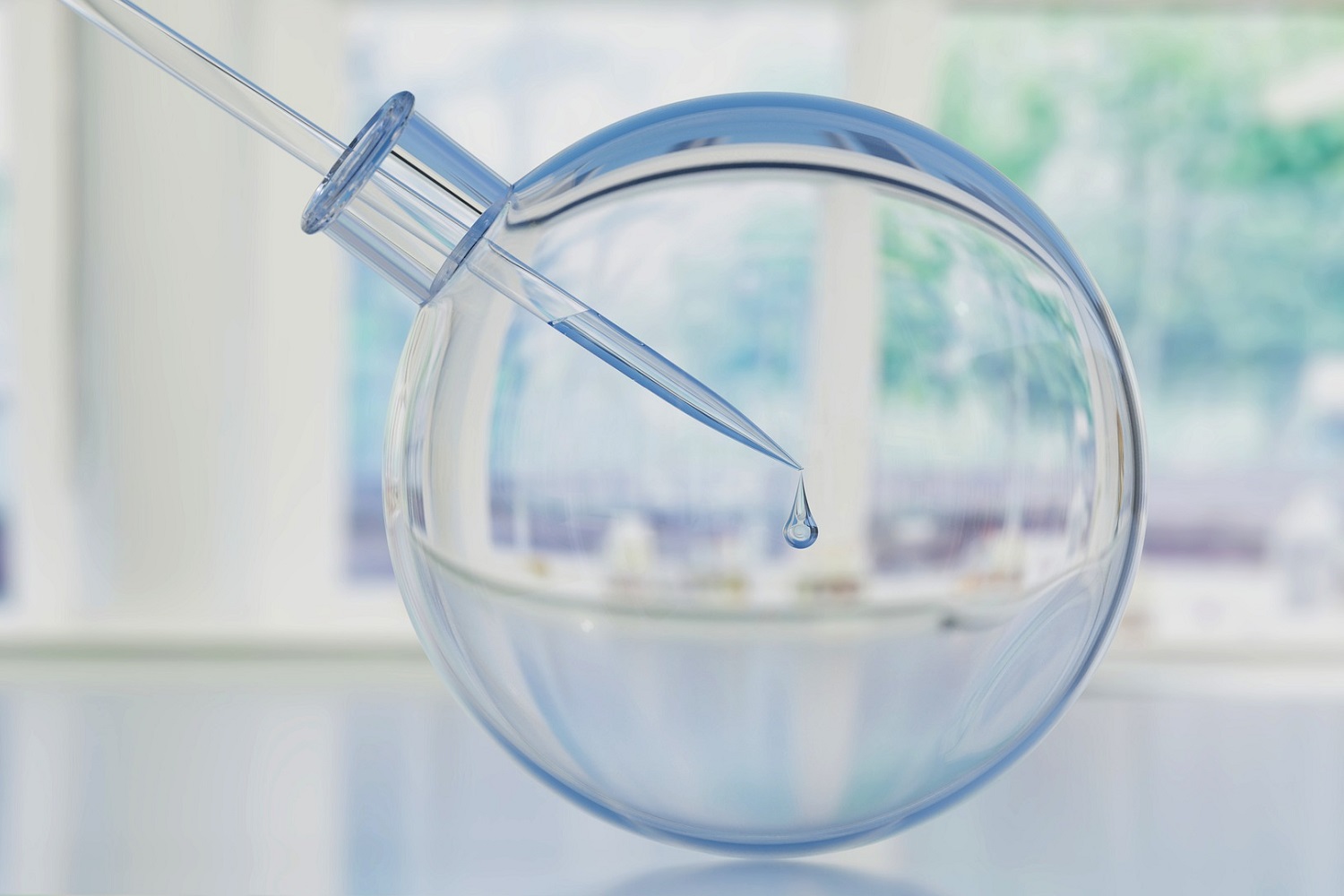Independent preparation of solutions
Let’s look at the preparation of solutions of different substances that we may need in the future.
So, the general principle of preparation is simple: take water, pour a dry substance into it, and there you have a solution. In general, this is how it is, but there are a few subtleties that will facilitate the work and help to prepare solutions, which then will not be a problem for the experiments.
The first thing is about water. Distilled water is ideal, but you can take regular tap water. Only with a small addition – it is desirable to pass it through a normal household filter for drinking water, boil and cool it. Now we can use it. We more or less got rid of unnecessary substances, which can sometimes interfere with the experiments.
And now the preparation of solutions.
We will prepare in a container in which this solution will be stored, so think in advance in what you will store the solution, pick up for this suitable container. This can be a plastic or glass bottle. The main thing is that it should be tightly closed. And note that it is undesirable to store alkali for a long time in a glass container, it is better to use a plastic bottle.
To work you will need:
- Filtered, boiled water.
- The dry substance, a solution of which we are going to prepare
- A bottle for making and storing the prepared solution
- Spoon
- A regular kitchen measuring jug with marks for water
- A small piece of paper (about half a notebook page) or a funnel
How to make it:
Use a measuring jug to measure 50-100 ml of water and pour it into a bottle.Use a spoon to take the amount of dry substance you need and …. No, do not pour it into the bottle. No matter how carefully you work, there will always be a few crumbs spilled on the table. If it is ordinary salt, then there is nothing to worry about, but if it is even a barely visible crystal of manganese, then a long and tedious wiping-mudding of pink stripes you are sure. This is what a piece of paper is for.
Fold it in half, well run your fingers over the fold, then unfold it again. Carefully pour the dry substance from the spoon on the paper, take the sheet, slightly bend it along the existing line of the fold – you get a kind of groove, bending which over the neck of the bottle is very convenient to pour the dry substance found on the paper into it.
The second variant of preparation of the solution you need: insert a funnel into the neck of the bottle, pour the dry substance through it. But the funnel must be dry so that nothing sticks to it. However, even with this it is not difficult – just pour a little water on the funnel – and it will wash the stuck particles into the bottle.
That was theory. And now a little bit of practice. Try to prepare solutions with which you will often have to work.
First, sodium hydroxide. It is desirable not to prepare a lot of solution, 100 ml is enough for the first time. About half a teaspoon of dry substance will be enough for this amount of water. Do not forget about the safety rules when working with lye!
The next solution, with which you can conduct many interesting experiments, is copper sulfate. Half a teaspoon of dry substance will also be enough for 100 ml of water.
You can also prepare magnesium sulfate and iron sulfate. Both of these solutions can be made in a volume of 50 ml, for the preparation of 1/3 or ¼ teaspoon of dry substances is enough.
And the preparation of a solution of manganese solution. For 100 ml of solution it is enough to take 1-2 crystals of dry powder on the tip of a knife.

